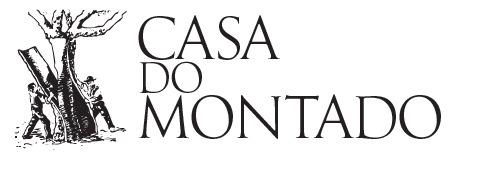“The cork oak forest corresponds to the hallmark of the Alentejo’s agrarian landscape. It is a type of landscape, entirely built, in which all traces are due to the agrarian history and human work that transformed the Mediterranean thicket. Over the centuries, the original Mediterranean ecosystem was simplified in its structure and biodiversity, and transformed into a system of extensive agro-silvo-pastoral use associated with large land exploitation. Landscape and agricultural system were originally closely associated.”
Denise de Brum Ferreira, Finisterre, 2001
“The Montado is a silvo-pastoral system developed through complementary and extensive uses of the soil, associated with different products such as meat, cork, wool, firewood or acorns.”
Pinto-Correia, Pires-Marques, Cultivar, GPP, 2020
“The designation “Montado” can thus be used to describe a heterogeneous set of non-woody forest production systems, based on the exploitation of quercines – usually cork oaks or holm oaks – in conjunction with a non-intensive use of the soil under the cover with agricultural, livestock or hunting purposes. In its broadest sense, it ranges from natural or naturalized formations of wooded thickets (cork oaks or holm oaks) to dispersed tree stands maintained by human activity and their cultural practices (montados de cork oak or holm oak), including numerous transitional stands.”
Livro Verde dos Montados, Pinto-Correia, Ribeiro and Potes, ICCAM, 2013
